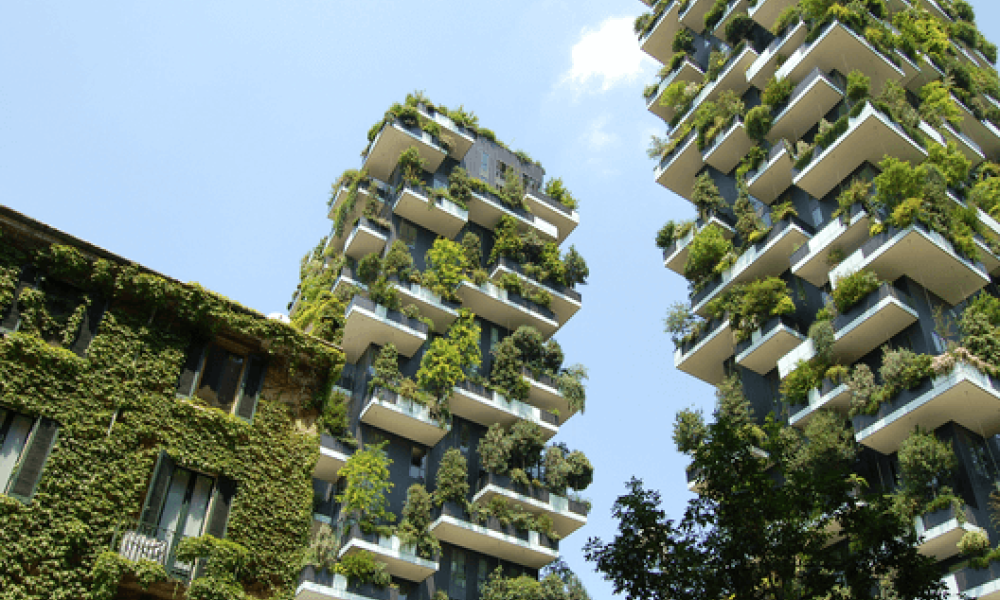The lack of funding for social needs have been made even more clear because of the COVID-19 pandemic. It is estimated that between 88 and 115 million people could be plunged into extreme poverty as a consequence of the pandemic. In recent years, the interest to invest in social aspects of ESG have increased. In fact, there has been a significant rise in the issuance of social bonds since the start of 2020. In July 2021, the social taxonomy subgroup of the EU Platform for Sustainable Finance published a first draft report on a Social Taxonomy. If enacted, the regulation could put a much-needed focus on the social objectives of sustainability.
The environmental taxonomy vs. the social taxonomy
The subgroup has been advised to follow the same model as the environmental taxonomy. This will help companies who must disclose on both taxonomies as they do not have to work with two different types of disclosure regulations. It can also make it easier for investors to compare funds with environmental or social aims, or funds that aims to combine the two. However, there are still differences between the two taxonomies, such as quantitative criteria. Social sustainability is often described in qualitative terms, whereas the environmental side is often measured with high relevant quantitative indicators. Continued research on social aspects and quantified social indicators are being developed and these needs to be tested in order to be considered.

The proposed structure of the taxonomy
The proposed structure is to have one vertical dimension and one horizontal dimension. In short, this means that the vertical side will focus on what type of business activities that are considered social, while the horizontal side focuses on to which degree the economic activities can be socially sustainable. The horizontal dimension has a stakeholder-centered approach, which means it focuses on how stakeholders can both be negatively or positively impacted by economic activities or business. This includes workers, consumers and communities, and those impacted in the value chain.
Global Solutions alignment
The social taxonomy aims to define opportunities for investors to contribute to European and global agendas, such as the Sustainable Development Goals (SDGs). And the SDGs have been outlined as a key framework for the proposed vertical dimension of the taxonomy. This dimension focuses on products and services for basic human needs and basic infrastructure. So, the objective is to promote adequate living standards and that includes improving accessibility of products and services for basic human needs.
Global Solutions aims to invest in companies that provide solutions, primarily through the products and services, and stand to benefit from the identified trends within the SDGs. Some of the proposed thematic examples of the vertical dimension of taxonomy structure are themes that we have identified as solutions, these include (but not limited to):
- Water (identified in Smart Cities)
- Housing (identified in Smart Cities)
- Healthcare (identified in Equal Opportunities)
- Transport (identified in Smart Cities)
- Telecommunications and internet (identified in Equal Opportunities)
- Clean electricity (identified in Renewable Energy)
- Financial inclusion (identified in Equal Opportunities)
- Waste management (identified in Circular Economy)
We view the social taxonomy as an important part of reaching the full potential of the SDGs, and we are optimistic that Global Solutions could be well aligned. We also believe that a social taxonomy could contribute to the green transition, as we need socially inclusive measures to be able to provide clean energy access for all by 2030. If the social taxonomy is enacted we will continue our work to meet the criteria set, in order to reach the aim of the taxonomy.




